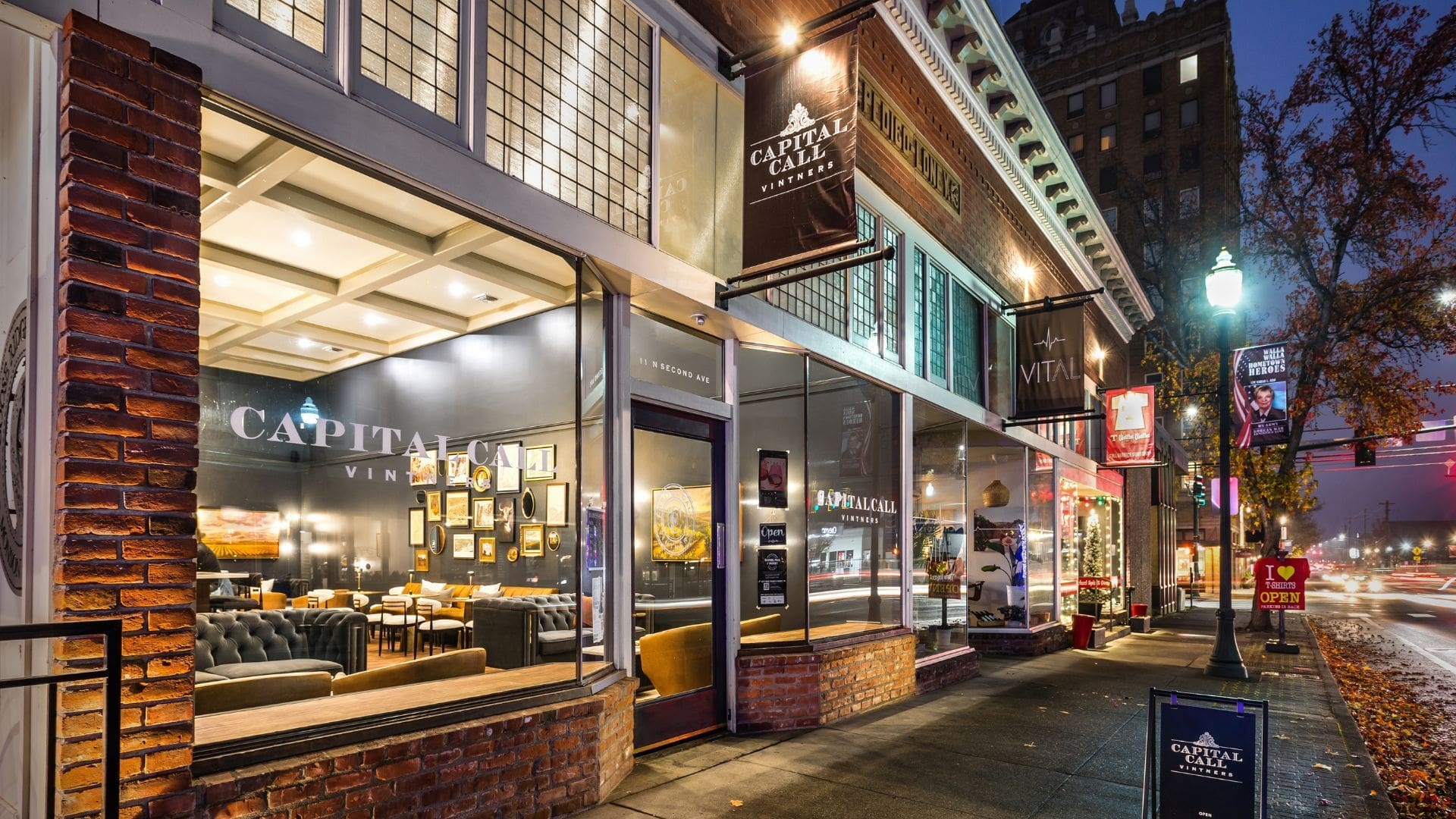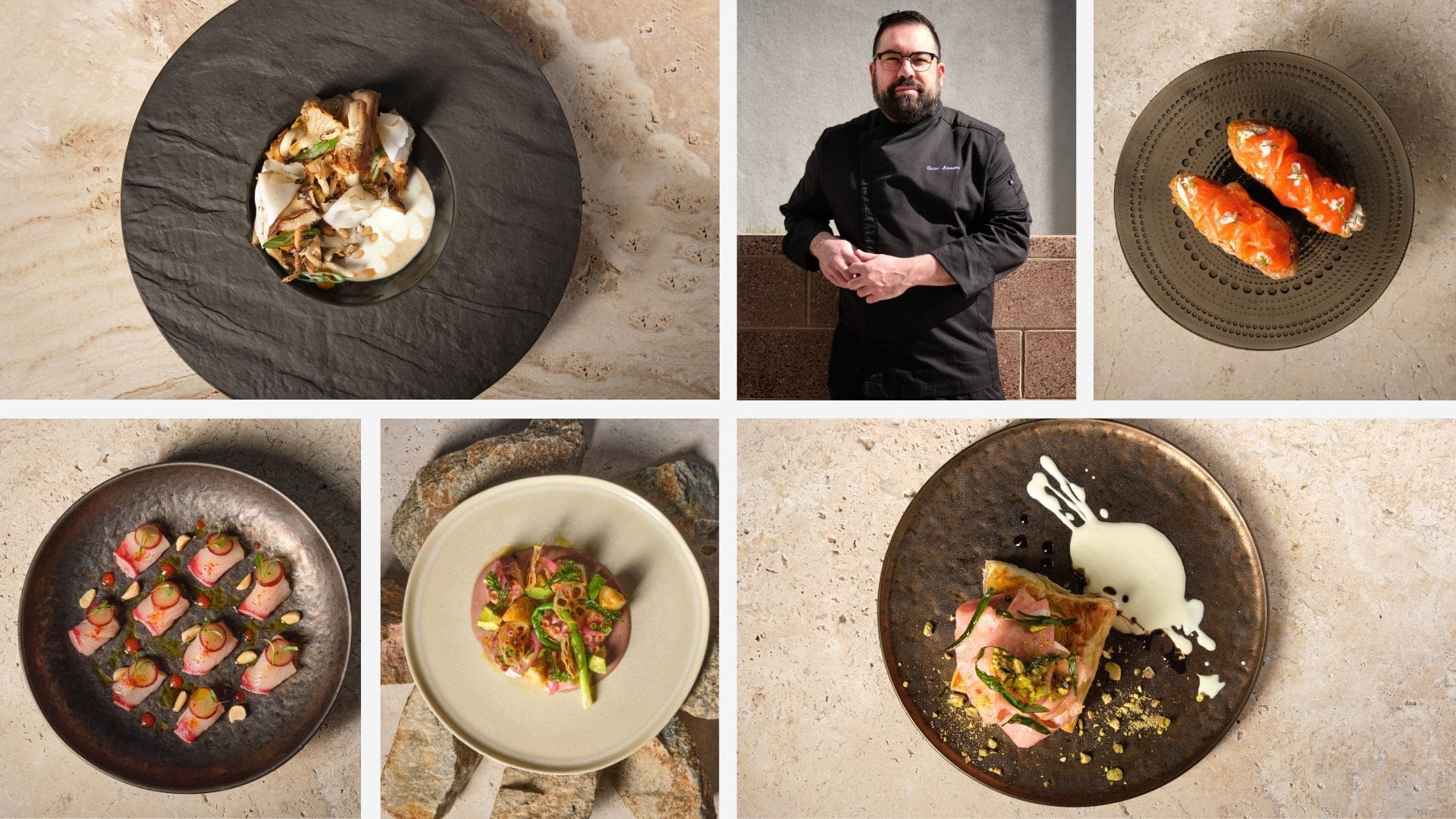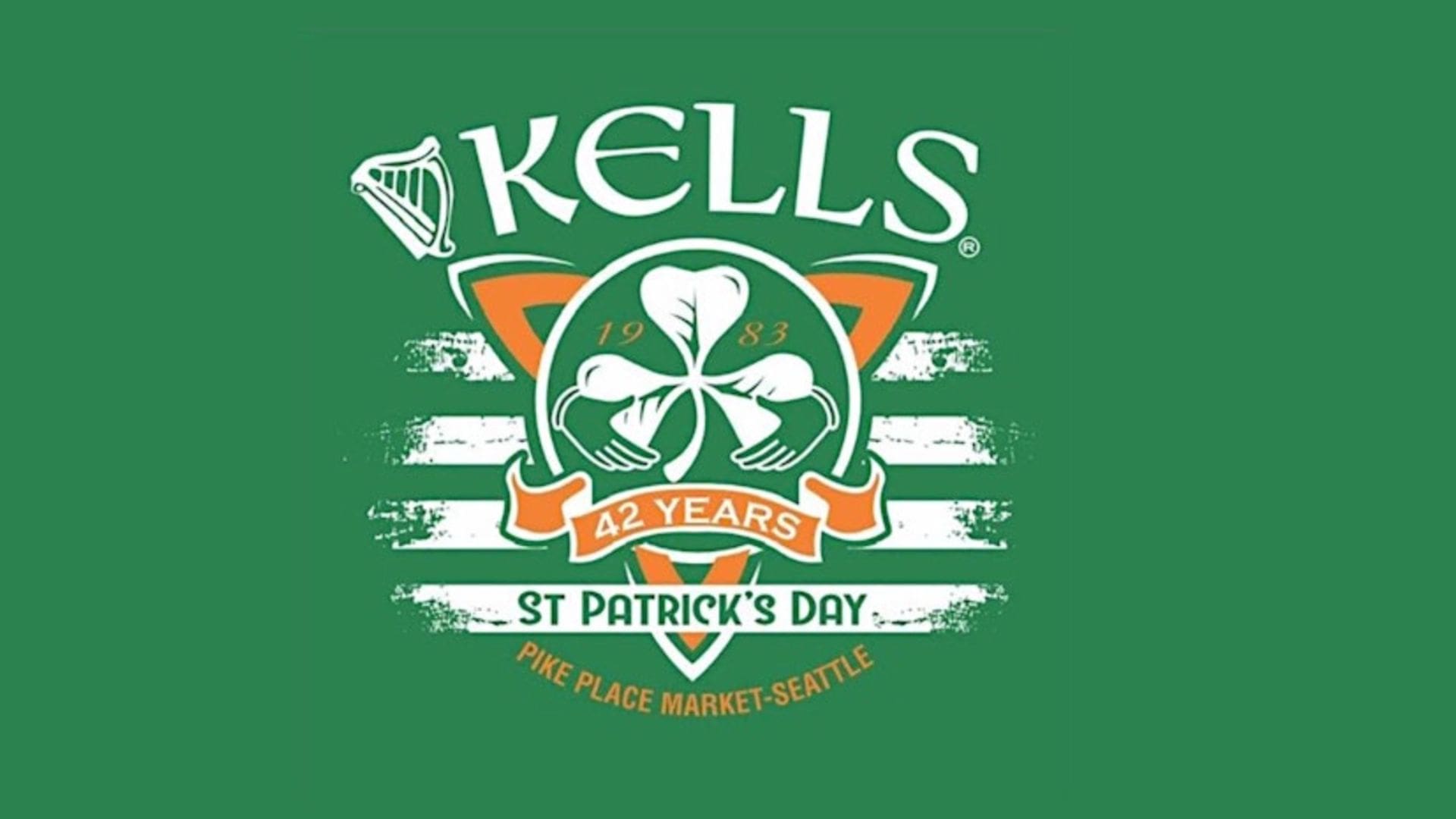My grandfather is the one who did all the cooking in my grandparent’s small apartment in Queens, New York. Wrapped in a dirty white apron and wearing a thin undershirt, my memories of him are in the kitchen, standing at the stove, alone. We never crossed the threshold of the kitchen and frankly, never had any interest. Grandpa was cooking for himself and we left him alone—it was not a family affair.
Not that I would have eaten what he made; my young senses were offended by the smells wafting throughout the apartment. On weekends, he would braise piles of squid in red wine and bay leaf and I remember the smell distinctly. That vinegar-y, alcohol tinged air, while once nauseating, now triggers a taste memory for me, well over 35 years later.
While red wine doesn’t necessarily appeal to all palates for sipping, cooking with wine is an entirely different beast. Under heat, it is easy to lose the nuance of a wine’s bouquet, but the pungent qualities it adds to a dish are certainly alluring.
“I do not drink red wine (as I) dislike it, but I love to cook with it,” says Maximillian Petty, chef and owner of Eden Hill in Seattle, where he pairs wine in the kitchen, just as you would do at the table. “Any bottle of Merlot will usually give off a flavor of plum, cedar and sometimes tobacco.”
Chef Petty uses the base flavors of Merlot as a pickling liquid, soaking red cabbage in the brine and adding mustard caviar and laurel as aromatics. “It adds such a beautiful body and aroma to the pickling liquid, which really brings out those plum flavors and creates a viscous liquid that coats the cabbage beautifully,” Petty raves. He serves the cabbage over a crispy pig pâté-esque “candy bar.”
Reducing a wine down over high heat amplifies the flavor, and is often the process used for making sauces. At Local 360 in Seattle, executive chef Stew Navarre puts out quintessential Northwest fare. His traditional steak frites dish is served with a thick beurre rouge sauce made from Cabernet Sauvignon. In the kitchen at Sokol Blosser, a winery in Dayton, Oregon, executive chef Henry Kibit also reduces wine—the winery’s Pinot Noir actually—folding it into a savory sauce served with lamb. “This varietal is optimal (for cooking) because of it’s complexity of flavor, gentle fruit notes and earthy, truffle characteristics,” Kibit says, noting this is his favorite varietal for cooking.
Braises are also a natural application for cooking with red wine. The acidity of wine helps tenderize tough cuts of inexpensive meat, like my grandfather did with squid. Beef cheeks, lamb shanks and short ribs are common choices across the board for nearly all chefs.
At Ray’s Boathouse, a Pacific Northwest seafood landmark in Seattle, executive chef Paul Duncan slow-cooks rabbit by braising the meat in dry Chianti. “Chianti lends a smooth, velvet tone on the palate when cooked with game,” Duncan says.
And lest we start thinking red wine is meant only for drinking or savory iterations, many chefs lean on it as a complement to the sweetest course, dessert. It’s no surprise Kibit at Sokol Blosser uses wine for every course. Access to a winery just outside his kitchen doors inspires him to poach Oregon pears in Pinot Noir and serve them alongside chocolate and hazelnuts. “This dessert can not be beat,” he says of the simple dish.
At Eques, a locally driven restaurant at the Hyatt Regency in Bellevue, Washington, hotel guests can order chef Brent Martin’s room service sweet—a scoop of Snoqualmie vanilla ice cream topped with strawberries and a slathering of cinnamon and vanilla-infused red wine syrup. And while this veers far from the classics, the astringency of the wine syrup pairs beautifully with the creamy, frozen dessert.
From start to finish, red wine can be used in so many recipes—there is no excuse for unfinished bottles. With a wide range of favored varietals amongst chefs, it’s also hard to go wrong. The only rule of thumb is to choose a bottle you wouldn’t mind drinking. And if my grandfather were around to add a note, he’d make sure you always pour a glass for yourself.













